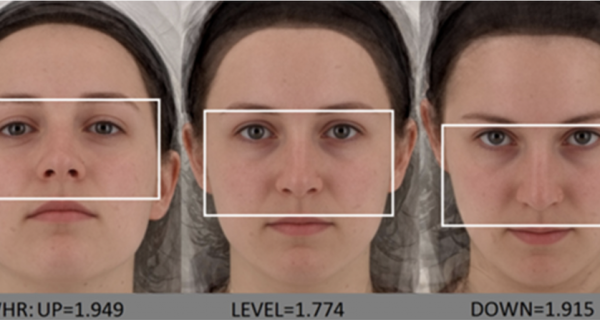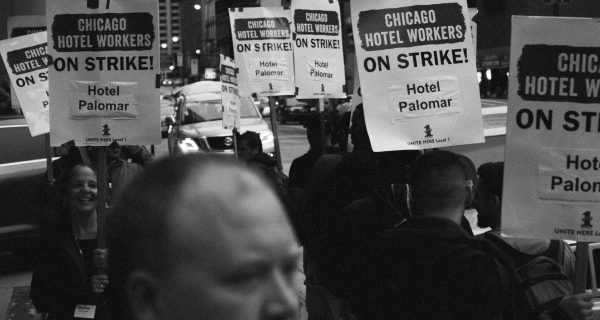How will cities change when more people work from home?
A quantitative model of internal city structure was used to study what would happen in Los Angeles if telecommuting became more popular over the long term.

Working from home has proven to not only save you time commuting but also help you gain welfare by allowing you to move to more affordable neighborhoods.
A study led by Matthew J. Delventhal at Claremont McKenna College, and Eunjee Kwon and Andrii Parkhomenko at the University of Southern California, used a quantitative model of internal city structure to study what would happen in Los Angeles (USA) if telecommuting becomes more popular over the long term.
They initially calibrated their model to match residence and employment patterns prevalent in Los Angeles during the period of 2012-2016, with an average of 3.7% of workers working from home. Next, they gradually increased the percentage of people working from home up to 33%. What happened to the city structure over the long run was the following:
- Jobs move to the core of the urban area, while residents move to the outskirts. In other words, workers who previously had to commute but now work from home, tend to move away from the city center to areas with more affordable houses. As a result the demand for real estate in the outskirts increases, while the demand in the city center decreases.
- The total commuting time falls, although commuting distances increase. In other words, since fewer workers need to commute, traffic congestion eases, increasing the average speed of travel. Workers, therefore, take advantage of this and move further away from their workplace in search of more affordable living areas.
- The average real estate prices fall. Due to the fact that workers move toward the outskirts, prices go up outside urban areas. Nonetheless, due to the decline in demand in the city center, price declines in the urban core offset the increase in prices outside urban areas.
According to the authors of the study, having 33% of workers work from home in Los Angeles decreases the average house price by nearly 6%.
What is also interesting is the fact that labor productivity increases along with employment due to the fact that jobs are being reallocated to more productive locations, while at the same time, and for the same reason, a larger part of the workforce doesn’t contribute to agglomeration externalities (i.e. the benefits from being located close to other economics actors) because they work from home. This means that these two opposing effects offset each other leading to very small increases in average wages.
Another point worth mentioning that was discussed in the study was that changes in real estate demand along with the reduced need for office space lead to lower real estate prices and therefore a decrease in the income earned by land owners and property developers.
One of the caveats to the study is the fact that migration in and out of the city was not considered. In reality, as more people work from home, one might not only choose to move to the outskirts but move to a different city or country altogether.








